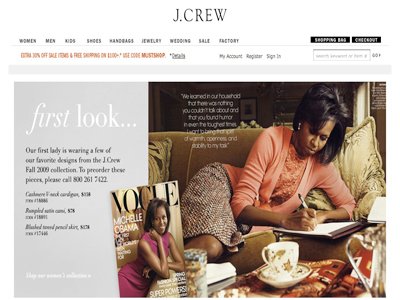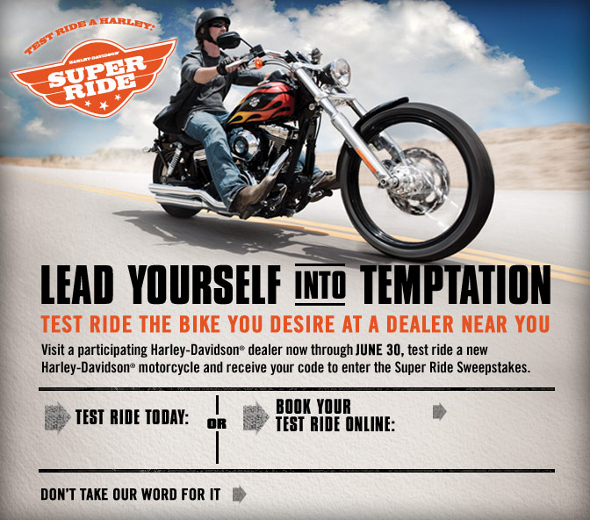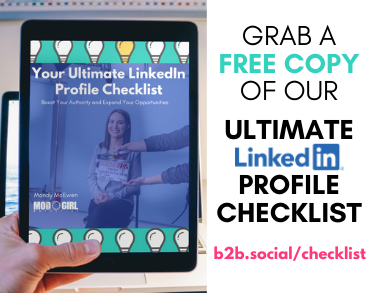
A successful rebranding campaign requires more than a shiny new website or re-imagined logo. Branding is done across multiple channels and involves a calculated series of strategic moves to really capture hearts and minds. But most importantly, it starts with problem-solving within the company to find gaps and missed opportunities where you can better connect with a target audience. When you have been down in the trenches for so long, sometimes it takes an outside opinion to help you see the light of day. We help brands big and small reinvent their image every day. To guide our clients, we look at some of the most successful rebranding campaigns to see what we can learn from them.
1. J. Crew: From unpopular to First Lady’s choice brand.
It was a great break for J. Crew to acquire Millard Drexler, the man behind The Gap’s multi-billion-dollar empire, in 2003. The company had been ailing and running into the red for years, but quickly rebounded to earn $3.8 million by 2005. Revenues increased 108 percent over the first five years of Drexler’s rebranding campaign. So, what did he do, exactly?
He rebranded the store as a place where people could get well-made basic staples like tank tops and capris. When he learned people were buying sundresses to use as bridesmaid dresses, he launched a new “bridal line” based on their selections. He also promoted the endorsements of Michelle Obama, who publicly told Jay Leno that her yellow sweater, skirt and blouse were a “J. Crew ensemble” — which led to an immediate stock increase of 8.2%!
Takeaway: Keep an ear to the ground. Find out what people want and who is wearing your brand. Promote that angle.
2. Burberry: From ghetto to fabulous.
Burberry is an ancient UK brand, founded over 150 years ago. Along with a rise in popularity, comes the danger of overextending oneself. For a while, the brand went into a tail-slide to become the brand of hooligans and gangsters. In fact, two pubs in Leicester banned anyone wearing the brand! After Christopher Bailey took over as creative director in 2001, he went to work commissioning a sexier trench coat, Kate Moss worthy swimwear, and classic every day products that appealed to the likes of Harry Potter’s Emma Watson. Sales rose 27% to $747 million in March of last year, signaling the brand’s luxury rebound.
Takeaway: Heritage isn’t always enough. To stay relevant, you need to tie your legacy to current trends and stars.
3. Pabst Blue Ribbon – From cheap fratboy beer to global sensation.
PBR has long been known as the cheap swill of the working class in America. Yet, its very cheapness became a selling point among college students and hipsters in America who didn’t want to be part of the massive “craft beer” tide that was sweeping across America (and bringing high prices with it). Admittedly, this may have happened completely by accident.
However, branding agents did intentionally look to boost the product’s image overseas — which clearly paid off, as a single bottle of Pabst Blue Ribbon beer sold for $44 in China! Labeled “Blue Ribbon 1844,” the beer is made with German malts and aged in oak whiskey barrels — which is nothing like what people are drinking state-side. This beer is marketed in China, which now accounts for the world’s biggest beer market.
The Takeaway: Be unafraid to deviate from your core product. Find new markets. Upgrade your packaging. Evolve.
4. Harley-Davidson: From low-brow to high-quality.
Did you know Harley-Davidson almost went bankrupt in 1985? You’d never guess it today, since they are one of the most popular motorcycle brands out there. Yet, at one point, the company was $90 million in debt, they’d run out of credit, and they weren’t making truly quality products. “If we hadn’t improved the reliability of Harley-Davidson products, the company wouldn’t be here today,” said Richard F. Teerlink, the CEO in charge of gutting and rebranding the company.
It wasn’t so much about a cool logo or the signature orange and black color scheme, say HD branding reps, but rather — it’s about finding a better way to connect with consumers. To attract younger prospects, the company didn’t offer lower prices or cheaper bikes. They showed audiences how they could make monthly payments that would be less than a daily Starbucks coffee, a boozing habit, or smoking. The campaign paid off: soon 40% of their demographic were the highly coveted 18-to-34-year-olds.
The Takeaway: Be aware of barriers to connecting with consumers. Make your products and pricing relatable.
5. McDonald’s: From McFat to modern.
McDonald’s was the King of fatty, greasy fast food. After Morgan Spurlock’s documentary “Super-Size Me,” it became the public face of obesity in America. Yet, in a few short years, that has all changed. McDonald’s has since rebranded itself with a more health-conscious image. They now publish their nutritional facts and advertise meals under 400 calories. They offer a greater variety of salads, yogurt parfaits and fruits. They also targeted the coffee crowd with their new and improved McCafe offerings. They’ve been climbing steadily with profit increases of at least 5% a year.
The Takeaway: Keep a pulse on public sentiment. Address naysayers with positive changes. Show you are listening.
6. Target: From Walmart Jr. to yuppie essentials.
In the late nineties, Target was just another cheap discount retailer like K-Mart or Walmart. Yet, Target set their sights on an under-exploited niche: high-profile designer apparel… sold for less! They sought eye-catching designers like Michael Graves, Mossimo, Michael Kors and Isaac Mizrahi to stand out from the competition. Now they are the second-largest discount retailer in the U.S., just behind the behemoth Walmart. They are busy expanding to Canada to take a piece of that juicy Ikea pie.
The Takeaway: Stay true to your base with reliable pricing, but seek ways to give more value for less.
7. Old Spice: From Old Guy stink to viral sensation.
The Takeaway: A clever viral ad can take you a long way in changing the experience of your brand.
8. UPS: From dull to personalized.
UPS and FedEx were in a bitter struggle to win the shipping wars in the late nineties. While FedEx innovated by introducing overnight deliveries and package tracking, UPS focused their message with a slogan like “What can brown do for you?” — and creating ads that demonstrated their emphasis on customer service. Their profit margin doubled by 2001, showing that consumers were, in fact, responding. On the inside, UPS learned how to do more with fewer overhead expenses, which helped their bottom line as well.
The Takeaway: Use slogans to show consumers how you’re adapting to meet their needs.





